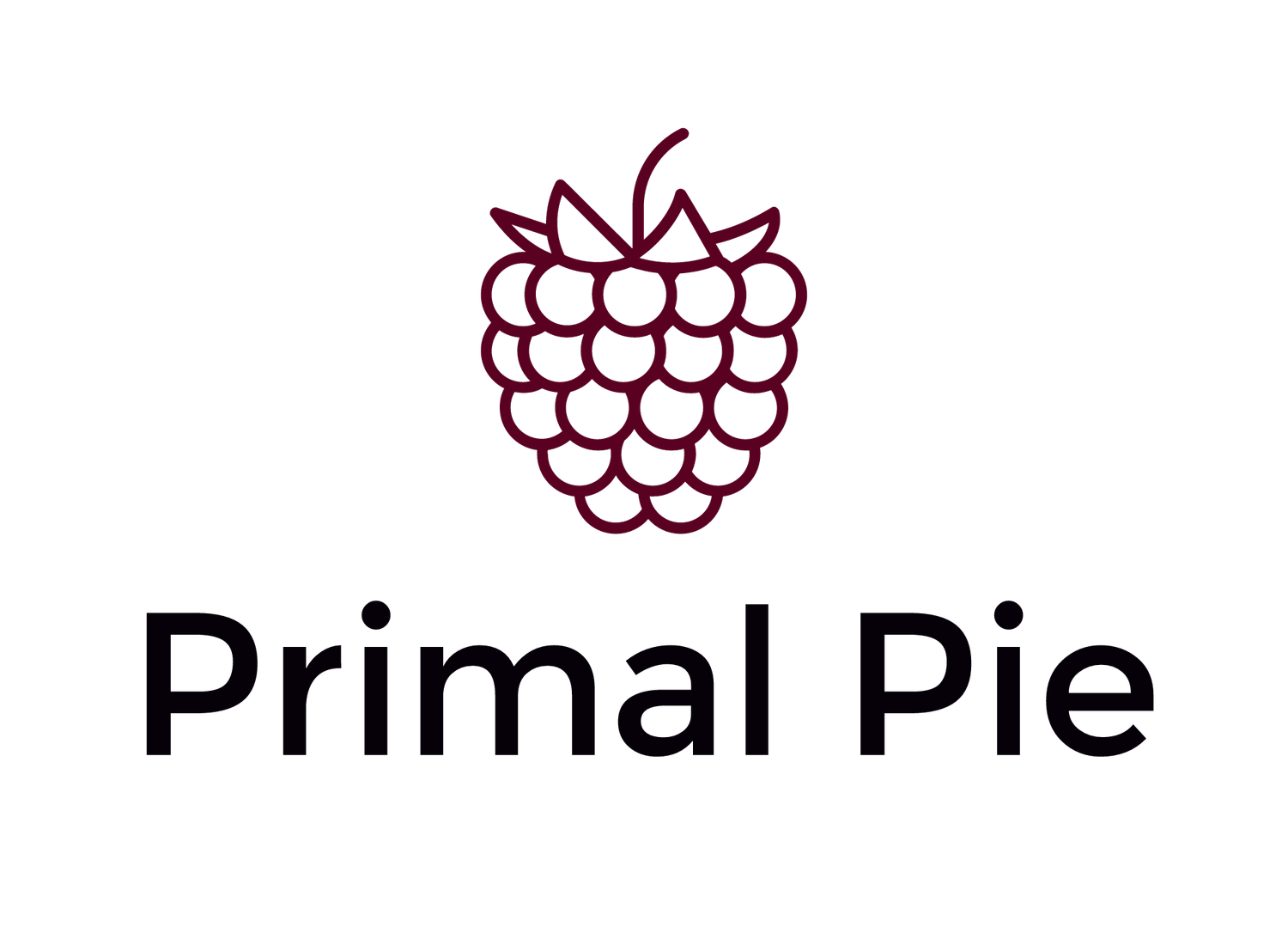Let's talk about buckwheat. I'm guessing that you have some experience with gluten-free bread. And I'm guessing that your experience has been mixed, just like mine. Once in a while a gluten-free baker really hits it out of the park, but most of the time gluten-free bread is only faintly reminiscent of the crusty, chewy bread you used to enjoy.
Gluten-free cookies, cakes and cupcakes usually turn out much better than their simple cousin bread, since sugar and butter make everything better! But gluten-free bread leaves most of us wanting. As I pondered this problem, I began to wonder if gluten-free bread's challenge is that bread, as we used to know it, was based on the wonderful alchemy of very few ingredients. Perhaps for bread to be bread it needs a few simple ingredients and a star player, it needs to showcase one grain...or pseudo-grain, as the case may be.
After months of playing in the kitchen I found my star in buckwheat. So let me tell you a bit more about buckwheat. Buckwheat is a gluten-free pseudo-grain that stands on its own. "Biologically speaking, cereal grains are the seeds of grasses, and belong to a group called monocots. In contrast, pseudograins are the seeds of broadleaf plants, and belong to a different group called dicots. The three major pseudograins (also called pseudocereals) are amaranth, buckwheat, and quinoa (paleoleap). Here is a wonderful article chock full of information about buckwheat. Buckwheat does not need a host of other ingredients to allow it to sing. And best of all it makes a fantastic, dense and flavorful, loaf of bread.
For Buckwheat Kombucha Bread you will need:
Ingredients 1 1/2 cups raw buckwheat groats soaked
1/2 cup kombucha original flavor (or unflavored)
1 cup water
2 cups buckwheat flour (found in the grocery store, this flour is made out of roasted buckwheat)
1 cup of water warm
1 tablespoon sugar
1 teaspoon dry active yeast
1/3 cup finely ground chia seeds (grind in a clean and dry spice grinder or blender) 2 1/2 teaspoon salt
2 teaspoons apple cider vinegar (yeast likes an acidic environment)
3 tablespoons olive oil (or some other type of oil) plus a bit for greasing the pan.
Tools of the Trade 1 high powered blender. 1 large bowls and 1 small bowl. Measuring Cups. Measuring Spoons. Silicone Baking Pan (I use this one it has a six cup capacity Cavity Size: 11 x 4.2 x 2.4 inch) If you do not have a silicone pan line a bread pan with parchment paper. If your blender is not powerful enough to grind up Chia Seeds you can use a coffee/spice grinder.
Directions Take 1 1/2 cups raw buckwheat groats and soak in water for three hours. When they have fully softened, rinse the grouts and drain off all excess water. Rinsing is important because raw grouts can be slimy. At the end you will have about 2 cups of soaked grouts because they will plump up in water. Before you start and dirty up your tools, finely grind 1/3 cup chia seeds with 2 1/2 teaspoons salt in a clean, dry blender or spice grinder. I know this amount of salt seems excessive but trust me, this bread needs salt. Feel free to experiment with the salt level on your own, but I have found that I never add quite enough.
Pour 1/2 cup lukewarm water (not hot or the yeast will die!) in a small bowl, add 1 tablespoon of sugar and mix until sugar dissolves, sprinkle 1 teaspoon of dry active yeast across the top of the water/sugar mixture. Allow the yeast time to consume the sugar and grow into foam (about 10 minutes). While the yeast is growing, drain the soaked grouts of all water and add to a blender such as a Vitamix or other high powered machine, the 2 cups soaked raw grouts (drained), 1 cup water and 1/2 cup kombucha. Add the yeast/sugar/water mixture and 2 tablespoons of apple cider vinegar, and 3 tablespoons olive oil and blend gently. I call this a buckwheat slurry.
In a large bowl, stir together the chi seed and salt mixture and 2 cups of buckwheat flour. Create a well in the dry ingredients and slowly pour slurry of raw groats while mixing until fully incorporated. The batter should be thick (like batter) but not too thick (like cookie dough). It should flow off the spoon slowly, if the batter is too stiff add a small amount of water. Pour mixture in to lightly greased silicone baking pan. Allow this mixture to rise for one hour. Bake in a preheated 350 degree oven for 50 minutes. When bread is done it will sound hollow when tapped. Allow to fully cool before cutting.


